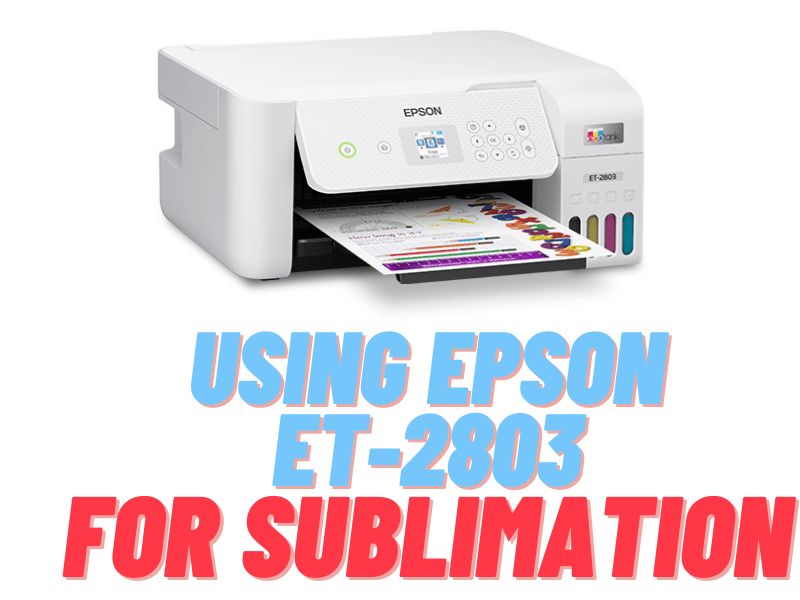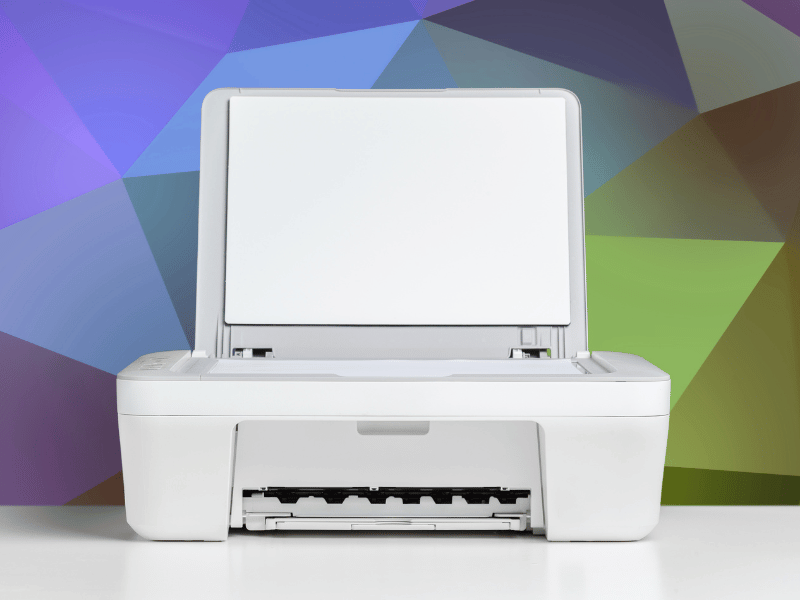What is Dye sublimation?
Dye sublimation is a printing technique on garments that are usually white and made of polyester. Although lately it is also possible to sublimate in cotton and other materials. Either way, sublimation consists of the transfer of inks from a format to the garment using pressure and heat. It sounds pretty complicated, but it really isn’t. We’ll detail it below.
For this process, a series of special inks is used in inkjet or laser printers. Printing is also done on specific papers called transfer papers. Said paper is placed on the garment and with a press enough pressure and heat are emitted for the transfer process to take place.
This happens when heat sublimates the printing ink into a gaseous form. And by exerting pressure on the fabric, the gas is transferred to the garment. Resulting in that the design is transferred to the fabric with a good result and high resolution.
On the other hand, it’s a technique that brings multiple benefits. Starting with, it’s quite inexpensive and can print a large number of colors. Nor do you need many pieces of vinyl or many materials as in the case of screen printing. Simply the materials that we’ve mentioned are enough to do this work.
Also, the results are quite impressive. Taking into account that the designs are printed with a high quality on the fabric at a very low cost. And it’s not just limited to T-shirts, but to caps, sweatshirts, sweatpants and other media that have a polyester coating.
Possibly that is one of its disadvantages, it only works on polyester. Since this is a fabric its can trap the gas molecules in the ink. However, there are several methods that allow dye sublimation on other materials with the same good cost that characterizes this printing technique, just by changing the transfer paper.
What is screen printing?
Screen printing is more than a stamping technique; it’s an artistic technique that requires so much work. But once you master this technique, there is no limit to what you can create. In this way, the reproduction or stamping of images consists of passing the ink through a mesh that is mounted on a frame.
With a series of special water-based inks, the design is transferred to the chosen support through a series of holes in the mesh. This is how to print on the surface of the fabric. For single color designs it may not be too difficult. But it takes a lot of practice when it comes to more complex and colorful designs.
However, all this great work is worth it when we see the beautiful results that this technique leaves behind. Bright, varied colors and mind-blowing designs that vary depending on the artist. Because we have to keep mentioning that screen printing is an art that takes time to master.
On the other hand, one of its biggest disadvantages is possibly its complexity and high costs. Since you will need as many cans of paint as you need to make the colorful designs you want. In addition to a special working studio.
What is heat transfer?
Heat transfer is definitely a newer technique. It’s based on how iron-on decals work. In this way, the designs are printed on a transfer paper and then this ink is transferred with a thermal process to the fabric. For this, heat and pressure are used, something that is quite common in this class of prints.
The results of this technique are quite durable, being a quite viable alternative. It can also render quite bright colors and a large number of designs. The best thing is that it allows you to print gradients and on supports of different colors. And it’s ideal for supports that are not necessarily T-shirts, because it’s possible to print with heat transfer on bracelets, and caps.
On the other hand, it’s a perfect technique for designs that have a lot of detail. Not to mention that the results are quite long-lasting and resistant to washing and sunlight. Likewise, it’s a very profitable alternative when making wholesale prints or making limited units.
Possibly one of its most notable disadvantages is that being a new technique it may be a bit difficult to find the right materials. But you always have to bet on giving these alternatives a try. Since by itself it provides a good quality at a low price like we have never seen before.
Dye sublimation vs screen printing vs heat transfer:

Now that we know all these techniques in detail, we can know which one is superior to the others. Or if some are simply specific to a certain type of taste. We start with dye sublimation, which is an economical technique superior to all the others. Besides being quite simple to master, even for the newest person.
On the other hand, we have screen printing as a higher quality technique, but with a complexity dedicated only to veterans in the matter. Whereas the heat transfer closely resembles the sublimation procedures. But it offers us a much higher quality in addition to having an application on supports beyond polyester.
All these techniques offer us quite long-lasting results and very bright colors at the beginning. However, in the case of dye sublimation we may encounter problems when washing with certain chemicals. Not to mention, sublimation inks are quite sensitive to the sun’s ultraviolet rays. So if you’re looking for an ink that can withstand this kind of adversity, it’s best to opt for the other alternatives.
However, screen printing is still quite an expensive option. Just like it takes impressive practice to achieve complex designs. And above all a lot of time and many paints to make colorful designs. While heat transfer is still rare and not widely used even today. So it can be difficult to get the necessary materials.
Therefore, if you’re looking to reduce costs and don’t want a complicated process, sublimation is ideal for you. But if you have the time to learn a high-quality technique, and also join in incredible art, screen printing is perfect to get you started. On the other hand, if you want a more experimental and simple method, heat transfer might be the best option for you. Remember, any of these options may be good for you if they suit you.




